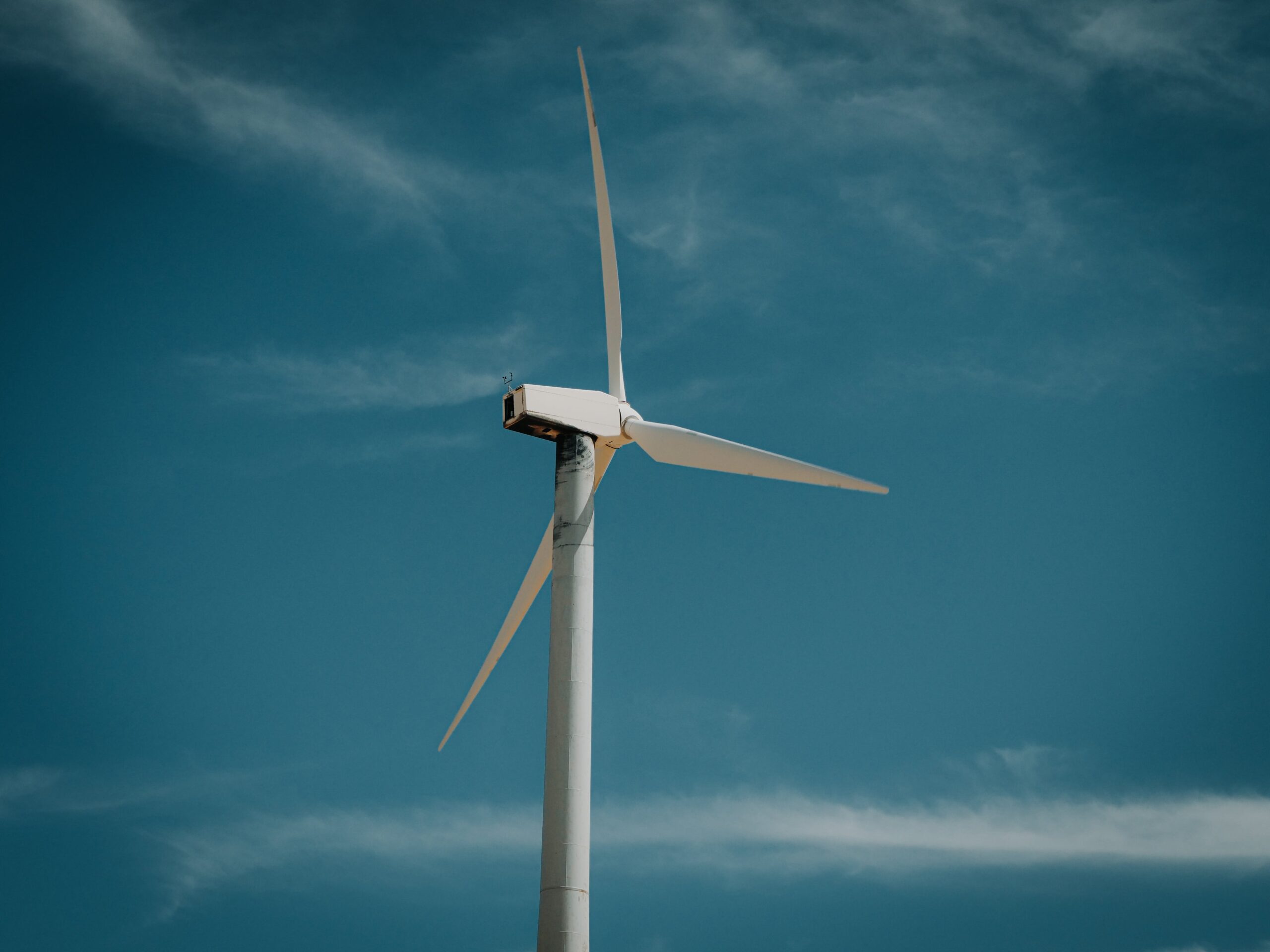Introduction: The Importance of Wind Energy and Bird Conservation
Wind energy has emerged as a crucial component of the global transition towards sustainable and renewable sources of power. It offers numerous benefits, including reducing greenhouse gas emissions, mitigating climate change, and decreasing reliance on fossil fuels. However, concerns have been raised about the potential impact of wind energy on bird populations. As we strive to achieve a balance between renewable energy goals and bird conservation, it is essential to understand the impact of wind energy on birds and explore innovative technologies, site selection, mitigation strategies, monitoring, and collaboration.
Understanding the Impact of Wind Energy on Bird Populations
To effectively address the issue of bird conservation in the context of wind energy, it is crucial to understand the impact of wind turbines on bird populations. Studies have shown that bird collisions with wind turbines can occur, particularly during migration periods or in areas with high bird densities. However, it is important to note that the overall impact of wind energy on bird populations is relatively low compared to other human-related causes of bird mortality, such as habitat loss and climate change.
Innovative Technologies: Minimizing Bird Collisions and Disruptions
In recent years, significant advancements have been made in developing innovative technologies to minimize bird collisions and disruptions caused by wind turbines. For example, researchers have explored the use of radar systems to detect bird movements and adjust turbine operations accordingly. Additionally, the development of avian-friendly turbine designs, such as tubular towers and larger spacing between turbines, has shown promising results in reducing bird collisions.
Site Selection and Planning: Balancing Renewable Energy Goals and Bird Habitats
Careful site selection and planning are crucial to strike a balance between renewable energy goals and bird habitats. Identifying areas with low bird densities or avoiding important bird migration routes can help minimize the potential impact on bird populations. Collaborating with ornithologists, conservation organizations, and local communities during the site selection process can provide valuable insights into bird habitats and migration patterns, ensuring that wind energy projects are developed in environmentally responsible locations.
Mitigation Strategies: Protecting Birds during Construction and Operation
Implementing effective mitigation strategies is essential to protect birds during the construction and operation of wind energy projects. Measures such as marking turbine blades to increase their visibility, using deterrent devices to discourage bird presence, and implementing shutdown protocols during peak migration periods can significantly reduce bird collisions. Additionally, habitat restoration and enhancement programs can compensate for any potential loss of bird habitats caused by wind energy projects.
Monitoring and Research: Assessing the Long-term Effects on Bird Populations
Continuous monitoring and research are crucial to assess the long-term effects of wind energy on bird populations. By collecting data on bird behaviour, mortality rates, and population dynamics, researchers can gain valuable insights into the impact of wind energy projects on bird populations. This information can then be used to refine mitigation strategies, improve turbine designs, and inform future site selection and planning processes.
Collaboration and Stakeholder Engagement: Building Sustainable Partnerships
Building sustainable partnerships and engaging stakeholders are essential for successful wind energy projects that prioritize bird conservation. Collaboration between wind energy developers, conservation organizations, government agencies, and local communities can lead to the development of comprehensive strategies that address both renewable energy goals and bird conservation. By involving stakeholders in the decision-making process, concerns can be addressed, and innovative solutions can be developed to minimize the impact on bird populations.
Conclusion: Achieving a Balance between Wind Energy and Bird Conservation
Harnessing wind energy without harming birds requires a comprehensive and sustainable approach that considers the importance of renewable energy and bird conservation. By understanding the impact of wind energy on bird populations, utilizing innovative technologies, carefully selecting project sites, implementing effective mitigation strategies, conducting monitoring and research, and fostering collaboration and stakeholder engagement, we can achieve a balance between wind energy development and bird conservation. With continued efforts and advancements in technology and research, we can ensure a sustainable future where wind energy plays a vital role in mitigating climate change while safeguarding bird populations.

